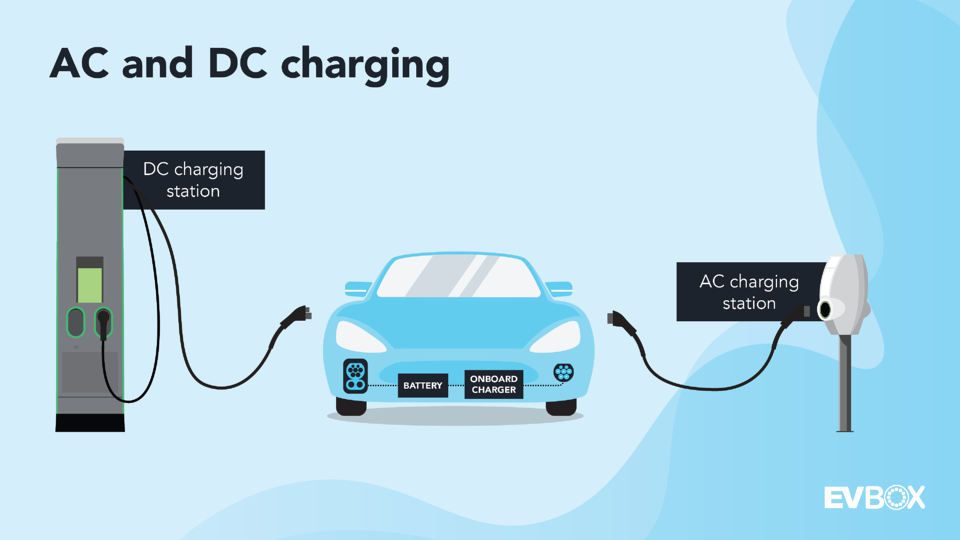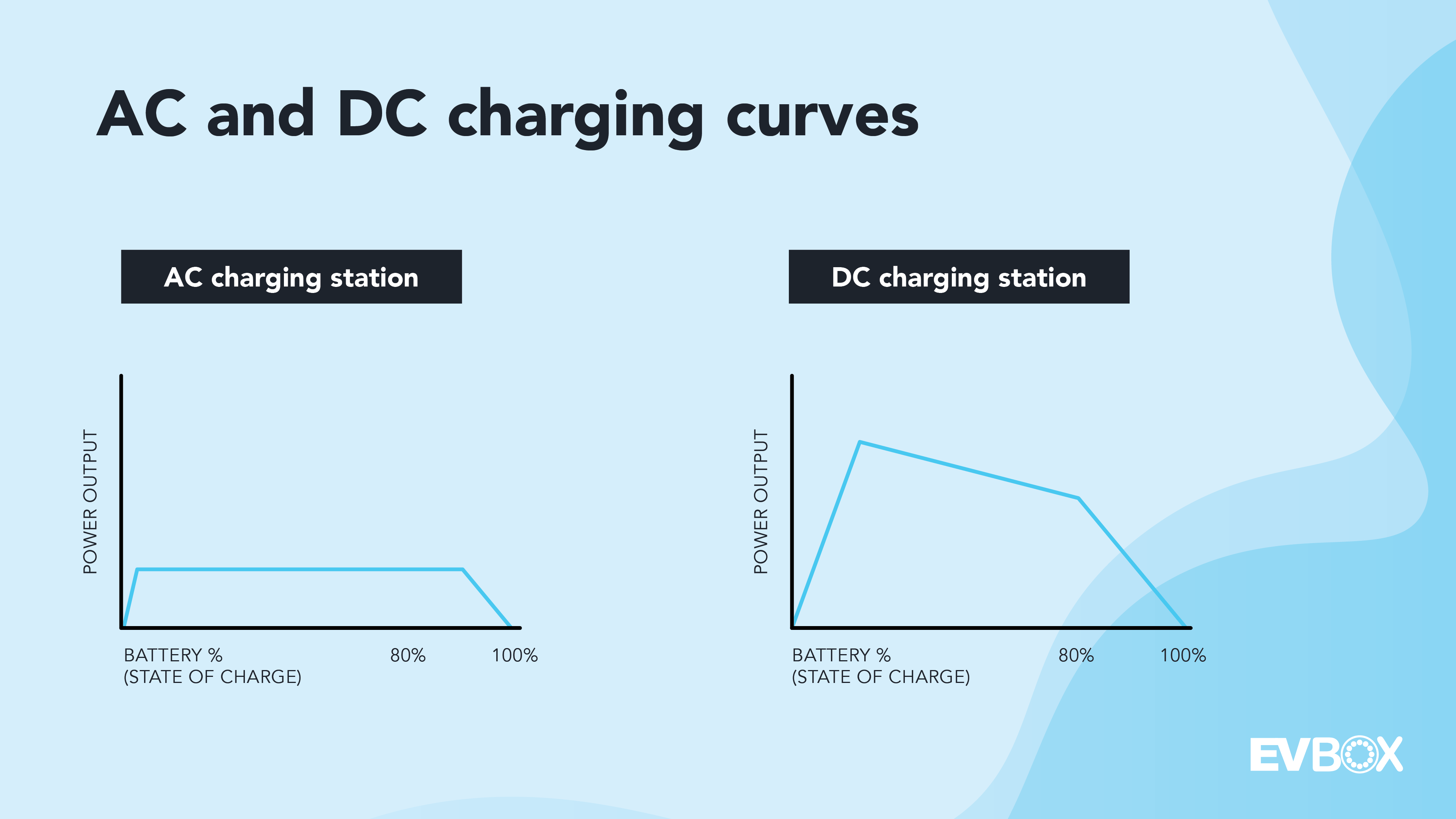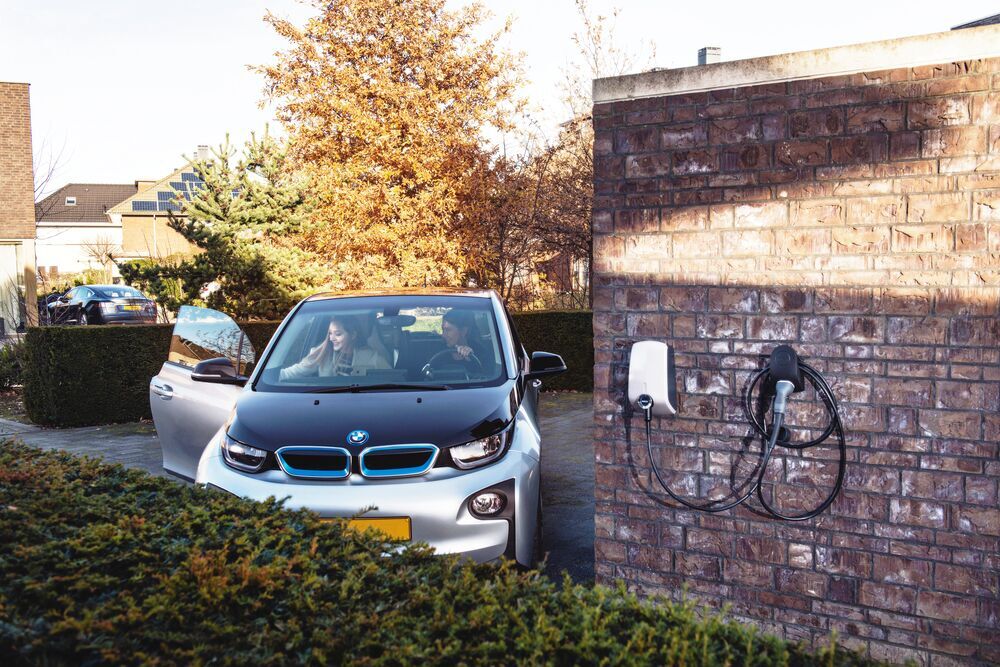Last Updated: September 30, 2022
Electric mobility is no longer just a futuristic dream. Today, electric vehicles (EVs) are rapidly becoming the new standard. People worldwide are embracing electric driving, with projections suggesting that the global EV fleet will exceed 20 million units this year.
Last Updated: September 30, 2022
Electric mobility is no longer just a futuristic dream. Today, electric vehicles (EVs) are rapidly becoming the new standard. People worldwide are embracing electric driving, with projections suggesting that the global EV fleet will exceed 20 million units this year.
Unlike filling up at traditional gas stations, charging an EV is quite different—and may even seem complicated or intimidating at first glance. To help you understand the basics, here are answers to the seven most commonly asked questions about EV charging: Charging an electric vehicle is relatively straightforward and varies depending on the type of charger. Typically, each EV comes equipped with a charging cable and plug compatible with both the specific vehicle and the region where it's used. Most of the time, you'll be able to plug the cable directly into a standard three-pin household outlet, allowing you to charge your EV using your home’s electrical system. Using a home EV charging station—or charging on the go—works slightly differently. While specifics depend on the charging station, the general process goes like this: However, things might soon change with the introduction of Plug & Charge (ISO 15118). This new international standard allows chargers and EVs to communicate directly, enabling automatic payments and seamless recognition of your vehicle, simplifying the entire process. At home, the electricity used by your EV simply gets added to your regular electric bill. Public charging works differently—you can either pay directly via card or app, or opt for a subscription-based billing model. While EV chargers come in various forms, the main distinction lies in whether they supply alternating current (AC) or direct current (DC). All batteries, including those in EVs, store DC power, so the AC current from the grid must first be converted. The key difference between AC and DC chargers lies in where this conversion occurs. AC chargers are the most common and generally slower. For simplicity, this conversion happens inside your vehicle and is limited by its processing capability. AC charging can typically reach up to 22 kWh. For instance, fully charging a Tesla Model S (with a 100 kWh battery) using a 22 kW Level 2 charger would take about 7 hours, whereas a 11 kW charger would require approximately 10 hours. With DC chargers, the conversion happens before reaching your car, bypassing the vehicle’s slower onboard converter and achieving much higher power outputs—up to 350 kWh. This direct connection enables rapid charging in mere minutes rather than hours. For context, a Tesla Model S could be fast-charged to 80% in around 30 minutes. However, as you can imagine, DC charging infrastructure demands significant power and isn’t practical for most residential, commercial, or municipal settings. One major factor affecting charging time is the size of the car’s battery. Similar to filling a large fuel tank, bigger batteries take longer to charge. Other factors include the car’s charging capacity, the charger’s output, and environmental conditions like temperature. Another crucial element impacting charging time is the battery’s state of charge. Due to their chemical makeup, batteries can absorb more power when they're at lower charge levels. As they approach full capacity, the charging rate slows significantly. Charging from 20% to 70% might take just a few minutes, but going from 70% to full could take much longer. Other variables include the car’s charging capacity. While some models support up to 350 kWh fast charging, many are limited to lower power inputs, often ranging from 100 kWh to 150 kWh. The same applies to slower AC charging, where theoretical maxes at 22 kWh, but many vehicles cap out at 7.4 kWh or 11 kWh. Linked to the car’s charging capacity is the charger’s capacity—the amount of power it can deliver. Broadly speaking, there are three main types of charging stations. Weather conditions, especially temperature, also play a role in charging speed. Batteries function optimally within a narrow range of around 21°C. When temperatures deviate significantly, the battery expends energy to regulate its temperature, slowing down the charging process. EV charging speeds vary widely, and we’ve barely scratched the surface of the topic. For a deeper dive, check out our comprehensive blog post on EV Charging Times. Like charging times, costs depend heavily on location, utility provider, and tariffs. Two key factors influencing charging costs are the price of electricity per kWh and the size of your vehicle’s battery. On average, a full charge usually costs around 30 euros or dollars. Electricity prices vary across countries, but the EU average as of this update is currently 40.0 euro cents per kWh, almost double the previous price. In the US, the average kWh cost is 17 cents, largely due to current energy market conditions. Based on these figures, charging a car with a 50 kWh battery, like the Standard Range Tesla Model 3, would cost around €20 or $8.5 at home. Public charging stations, especially fast chargers, tend to charge higher rates, bringing the total cost closer to 30 euros or dollars. No matter where you live, charging your EV at home will increase your electric bill—unless you generate your own electricity, such as through solar panels. Nevertheless, the cost of powering your EV with electricity is significantly cheaper than running on gasoline or diesel. The frequency depends largely on your driving habits and the car’s range. Experts recommend keeping the battery between 20% and 80% capacity and only charging when necessary. Maintaining a charge between 20% and 80% is considered best practice. EV ranges vary widely, but the current average is around 331 km on a full charge. Similarly, while daily driving distances differ between countries, the average urban short trip in the EU is 43 km, well within the range of most EVs. Based on these averages, you’d likely only need to fully charge your EV once a week. Of course, if you drive more or your car’s range is lower, you’ll need to charge more frequently. Even then, most EVs can last several days without needing a recharge. Unlike gas stations, electricity is readily available almost everywhere, offering countless opportunities to charge your car. A key advantage of EVs is waking up each morning with a full charge. According to our Mobility Monitor report, home charging is the most popular method, with 64% of EV drivers regularly charging at home. Workplace charging ranks second, with 34% of drivers charging at work. Another 31% regularly charge at public and commercial parking spots, while 29% charge at gas stations. Additionally, 26% of current EV drivers charge regularly at supermarkets, and 22% charge at shopping malls and department stores. This data highlights the versatility of EVs: charging locations adapt to your lifestyle and vehicle usage. 7. How Much Maintenance Does an EV Charger Need? In most cases, very little. For Level 1 and 2 home chargers, the most maintenance typically involves occasionally checking the cables and plugs for damage to ensure they remain in good working order. With regular use, these chargers are designed to last years before requiring servicing. If you encounter any issues, we recommend contacting your supplier. For publicly accessible Level 2 or 3 chargers, maintenance depends on usage and location. Regular inspections of cables, plugs, and the charger itself are essential to ensure proper operation. Touchscreens, card or RFID readers, and software systems also require periodic checks and updates. Manufacturers often offer extended warranties and service plans for an annual fee, covering preventive maintenance and quick repairs if needed. With modern chargers featuring advanced connectivity and modular design, many problems can now be diagnosed remotely. Switching to electric mobility involves adapting to some new habits compared to driving a gasoline or diesel car. Charging an EV, in particular, is a different process than refueling an internal combustion engine vehicle, but it offers greater flexibility and adapts to your lifestyle. These are the seven most frequently asked questions about EV charging. Do you have more questions or want to learn more? Explore our complete guide to EV charging for a thorough overview of the topic. Capsule Filling Machine Accessory Equipment Capsule Sorting Polisher,Capsule Polishing Machine,Capsule Filling Machine Accessory Equipment,Vertical Capsule Sorting Polisher ZHEJIANG FUCHANG MACHINERY CO., LTD. , https://www.fuchangmachinery.com
1. How Does Electric Car Charging Work?
How Do EV Charging Stations Work?

How Do You Pay for Electric Car Charging?
2. What Powers Electric Car Charging Stations?

AC vs DC Electricity

3. How Long Does It Take to Charge a Car Battery?

Types of EV Chargers
4. What Does It Cost to Charge an Electric Car?

Cost of Charging an Electric Car
5. How Often Do You Have to Charge an Electric Car?
Should I Charge My Electric Car Every Night?
Electric Car Range

6. Where Can I Charge My Electric Car?


Last Updated: September 30, 2022
Electric mobility is no longer just a futuristic dream. Today, electric vehicles (EVs) are rapidly becoming the new standard. People worldwide are embracing electric driving, with projections suggesting that the global EV fleet will exceed 20 million units this year.
Capsule Filling Machine Accessory Equipment Capsule Sorting Polisher,Capsule Polishing Machine,Capsule Filling Machine Accessory Equipment,Vertical Capsule Sorting Polisher ZHEJIANG FUCHANG MACHINERY CO., LTD. , https://www.fuchangmachinery.com